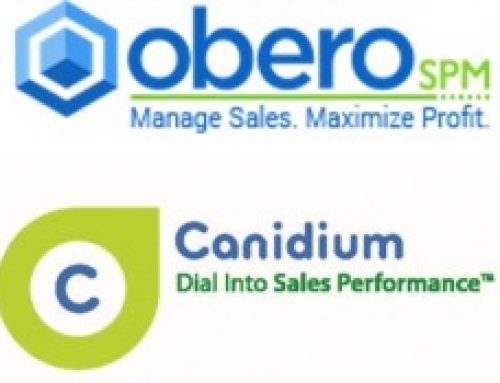There are few absolutes in the world of sales. The field is dynamic and constantly evolving, and an important part of sales performance management (SPM) is adapting with the times. Specifically, managers should always look for ways they can update their sales incentives to keep employees motivated.
Forbes recently reported on a research study that shows that salespeople grow to expect bonuses when vendors don’t regularly change their compensation plans. As a result, representatives are satisfied with their paychecks and aren’t driven to sell more goods or services. The lack of motivation leads to stagnant returns as agents consistently meet their minimum quotas and strive for little or nothing more.
Differentiating between strong and weak
Many compensatory plans revolve around paying personnel for converting leads into new business and hitting certain benchmarks. Xactly, an SPM and incentive compensation management (ICM) firm, writes that strong incentives are beneficial for companies that have easily quantifiable goals. Statistics like recurring revenue and annual returns are clear metrics for identifying which supervisors can offer rewards.
Weak incentives aren’t as effective at driving sales, and they can discourage high performance. Compensation is calculated based on potential earnings, which dissatisfies many top earners. Xactly notes that such a plan can cause some workers to leave their employers to take positions with competitors.
The most effective compensation solutions use strong incentives and are scaled according to performance. Managers can offer higher bonuses for more sales, to avoid paying out regular amounts that lead to a lack of motivation.
Going long or short
Most vendors use either annual, quarterly or monthly quotas to motivate their personnel. The different time periods reflect short- and long-term goals and prompt different actions from representatives.
Selling Power Magazine writes that some representatives heavily focus on one part of the year when given annual quotas. Some agents try to finish their work as soon as possible, while others wait until the last minute to meet their goals. The primary advantage of an annual benchmark is that it accounts for changes in the marketplace, such as season trends and shifts in buying habits.
The shorter alternatives pose different challenges and offer managers greater control over quotas. Selling Power Magazine reports that it’s almost impossible to forecast numbers for an entire year, so supervisors set monthly or quarterly quotas to adapt their predictions. Vendors should use the short goals when there is a steady demand for their goods. The news source stated that as an example, a contact lens manufacturer saw a 9 percent increase in revenue by using monthly quotas.



